Editors’ Picks




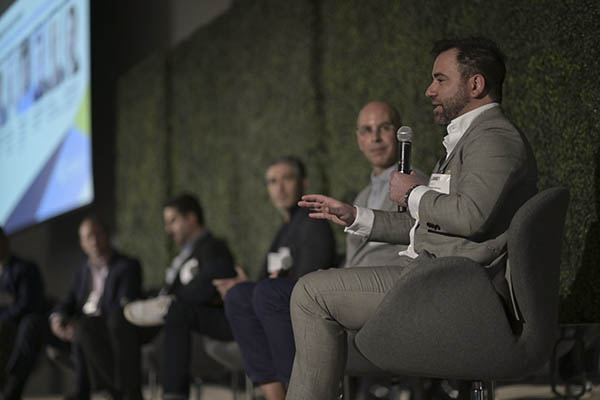
Found in Robotics News & Content, with a score of 0.84
…easier for companies of all sizes through a robotics-as-a-service (RaaS) model. Bird echoed Kretchmer's sentiment, noting that demand is high, but some customers lack the skills necessary to invest in these technologies on their own. Bird said that's why there is a lot of value in companies such as Rapid Robotics, Formic, and Adaptec Solutions. Bryan Bird, Universal Robots “Customers really struggle [choosing] the right technology providers and selections and figuring out how to plan the implementation,” he said. “They need partners to guide them through this because of the severe shortage of those skills resources to help them through…
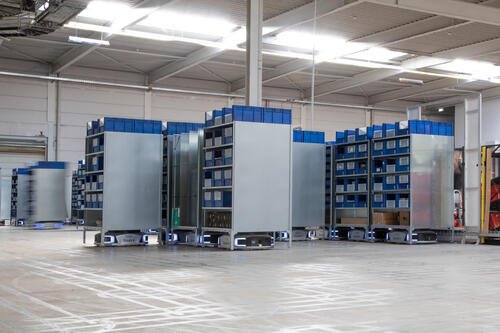
Found in Robotics News & Content, with a score of 0.82
…and ground-picking systems, and totes-to-person robots, as well as collaborative AMRs and software. It offers them through a robotics-as-a-service (RaaS) model. Geek+ said it has over 1500 employees, with offices in Germany, the United Kingdom, the United States, Japan, South Korea, Mainland China, Hong Kong SAR, and Singapore. It has raised more than $539 million in funding, according to Crunchbase.

Found in Robotics News & Content, with a score of 0.82
…“shift in customer behavior” around robot purchases and the RaaS business model also plays a part in these discussions. Humanoids front and center As the two-day program continued with more panel discussions and networking opportunities, the general consensus from the attendees toward the economic marketplace was positive. Marketplace research in robot spending and funding seems to bolster those beliefs. Day one’s closing panel discussed the feasibility of humanoid robots and whether the “hype” surrounding the technology was just hype, or a signal of the future of robot development. Aaron Saunders of Boston Dynamics, Brad Porter of Collaborative Robotics, Erik Nieves…
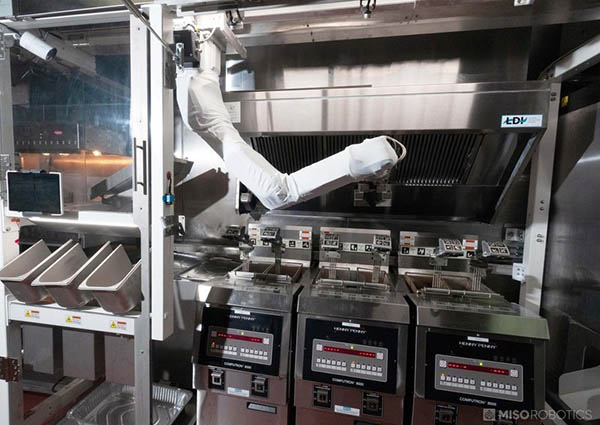
Found in Robotics News & Content, with a score of 0.82
…robotics evolve. The products are available through a robotics-as-a-service (RaaS) model to drive consistency, increase productivity, reduce costs, and improve the overall dining experience. The global cooking robot market could expand in value from $86.1 million in 2019 to $322.5 million by 2028, experiencing a compound annual growth rate (CAGR) of 16.09%, according to Research Nester. It noted that North America is currently the largest share of the market at 51%. $500M valuation leads to stock split The company claimed that its Series C and D rounds were among the most successful crowdfunding campaigns in history, with more than 15,000…
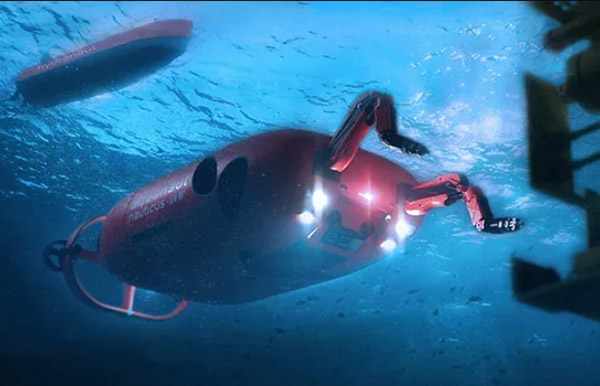
Found in Robotics News & Content, with a score of 0.81
…Texas-based Nauticus Robotics offers its systems through a robotics-as-a-service (RaaS) business model and direct product sales for both hardware platforms and software licenses. In addition to its standalone offerings, the company has developed a range of products for retrofitting legacy systems and third-party vehicles. Nauticus builds on Aquanaut, toolKITT Nauticus Robotics said it supports data collection, analytics, and subsea manipulation capabilities to support and maintain assets. It added that it can help customers reduce their operational footprint, operating cost, and greenhouse gas emissions to improve offshore health, safety, and environmental exposure. The company said it is developing an underwater robot…
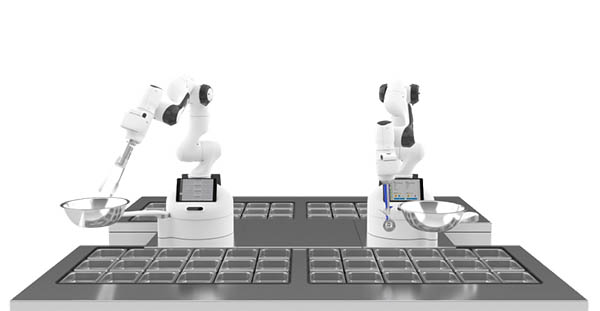
Found in Robotics News & Content, with a score of 0.81
…collaborative robot arm it started offering through a robotics-as-a-service (RaaS) model in December. Somerville, Mass.-based Dexai claimed that Alfred can adapt to most kitchen layouts and can be programmed to assemble a wide number of meals. A pick takes less than 8 seconds, and the robot can handle various kitchen utensils and tools, according to the company's website. Dexai addresses restaurant labor shortages With Alfred, Dexai said it hopes to help address labor shortages and make working in a commercial kitchen easier. There are certain challenges when it comes to designing a robot for a kitchen, Johnson said. Food needs…

Found in Robotics News & Content, with a score of 0.81
…worldwide. It now offers its products in a robotics-as-a-service (RaaS) model. Seegrid added that it has made multiple enhancements to its autonomy technology and fleet management software. Seegrid IQ fuses data from cameras, lidar, and machine learning models with the company’s proprietary 3D computer vision system. The company also launched Fleet Geek, cloud-based analytics software that tracks and illustrates AMR performance trends, providing actionable insights. In 2021, with global supply chain pressures continuing to drive demand for Seegrid's automation, the company said its growing AMR fleet drove an additional 2 million autonomous miles, increasing its collective total to 6 million…
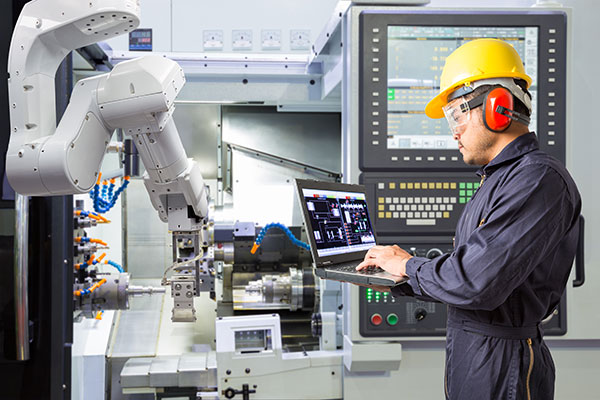
Found in Robotics News & Content, with a score of 0.80
…To give access to as many producers as possible, many companies like RIOS Intelligent Machines Inc. offer a robotics-as-a-service (RaaS) business model, which provides world-class automation packaged with all-inclusive service at zero CapEx cost. This subscription-based model gives customers the resources to deploy their own full-stack robots. Your factory can be automated and increase productivity and efficiency in record time. These workcells can eliminate financial risks and provide service with a dedicated 24/7 support system, provisioning, and equipment maintenance.
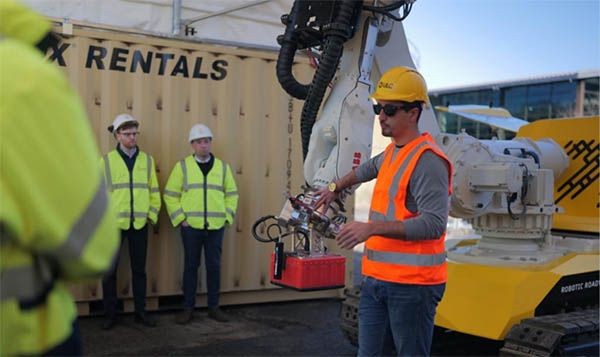
Found in Robotics News & Content, with a score of 0.79
…proprietary hardware, machine learning, and services through a robotics-as-a-service (RaaS) model. ULC, SGN develop 'end-to-end' system ULC developed the Robotic Roadworks and Excavation System with SGN. The RRES has a robotic arm with hot-swappable tooling to allow for additional tool development. The goal is to help multiple industries minimize disruption and enhance operational safety, according to the companies. In 2021, ULC and SGN demonstrated the system's capabilities for below-ground scanning, coring, and soft-touch vacuum excavation. Over the past year, ULC’s RRES project team has worked on system enhancements, extensive testing, and spin-off projects associated with those capabilities. Since RRES arrived…
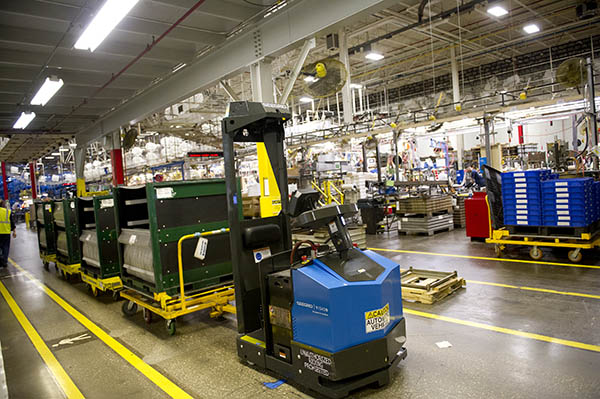
Found in Robotics News & Content, with a score of 0.79
…mobile robots and intelligent automation solutions.” With a rapidly expanding AMR portfolio and capabilities, Seegrid recently added a robotics-as-a-service (RaaS) subscription model, providing customers with an alternative to facilitate access to the Palion AMRs and enterprise software. The company also said it will continue the rapid advancement of its mobile automation technologies through Blue Labs. Seegrid’s recently formed in-house innovation team includes experts dedicated to identifying new technologies to build on its strong technical advantage. Blue Labs is conducting dedicated research and development efforts to maintain the company's position as a global AMR leader.

Found in Robotics News & Content, with a score of 0.78
…services to commercial and government-facing customers through a robotics-as-a-service (RaaS) business model and direct product sales for both hardware platforms and software licenses. The company said it provides customers with the necessary data collection, analytics, and subsea manipulation capabilities to support and maintain assets. It added that its technologies can help them reduce their operational footprint, operating cost, and greenhouse gas emissions to improve offshore health, safety, and environmental exposure. Besides its standalone service offering and products, Nauticus has also developed products for retrofitting or upgrading legacy systems and other third-party vehicles. “Our autonomous ocean robots and proprietary AI software…

Found in Robotics News & Content, with a score of 0.78
…a few short years ago. Robotic technology is showing positive impact to help ease the labor burden, and the RaaS (Robots-as-a-Service) model makes robotic automation a viable option for corporations of all scale. Forward-looking organizations are heavily investing in robotic workcells to maximize output and streamline operations. As consumer demand for goods continues to skyrocket, American companies will continue to balance robotic automation integration and leverage human capital.



